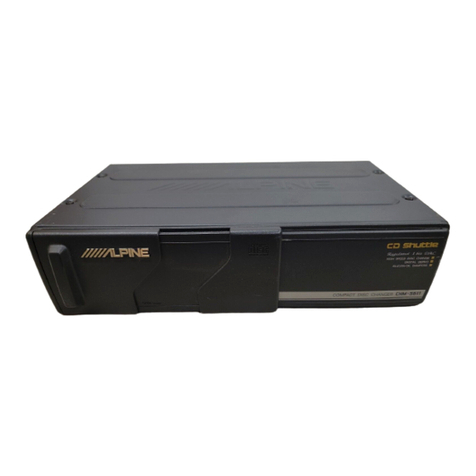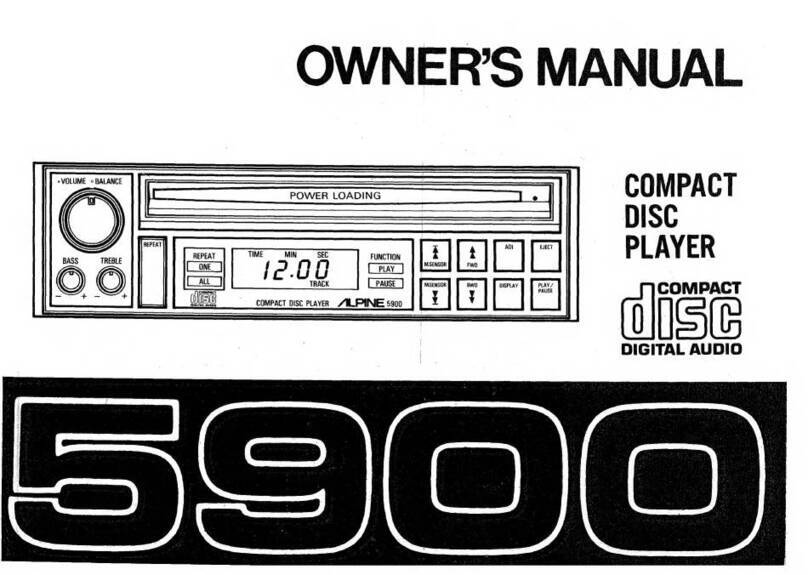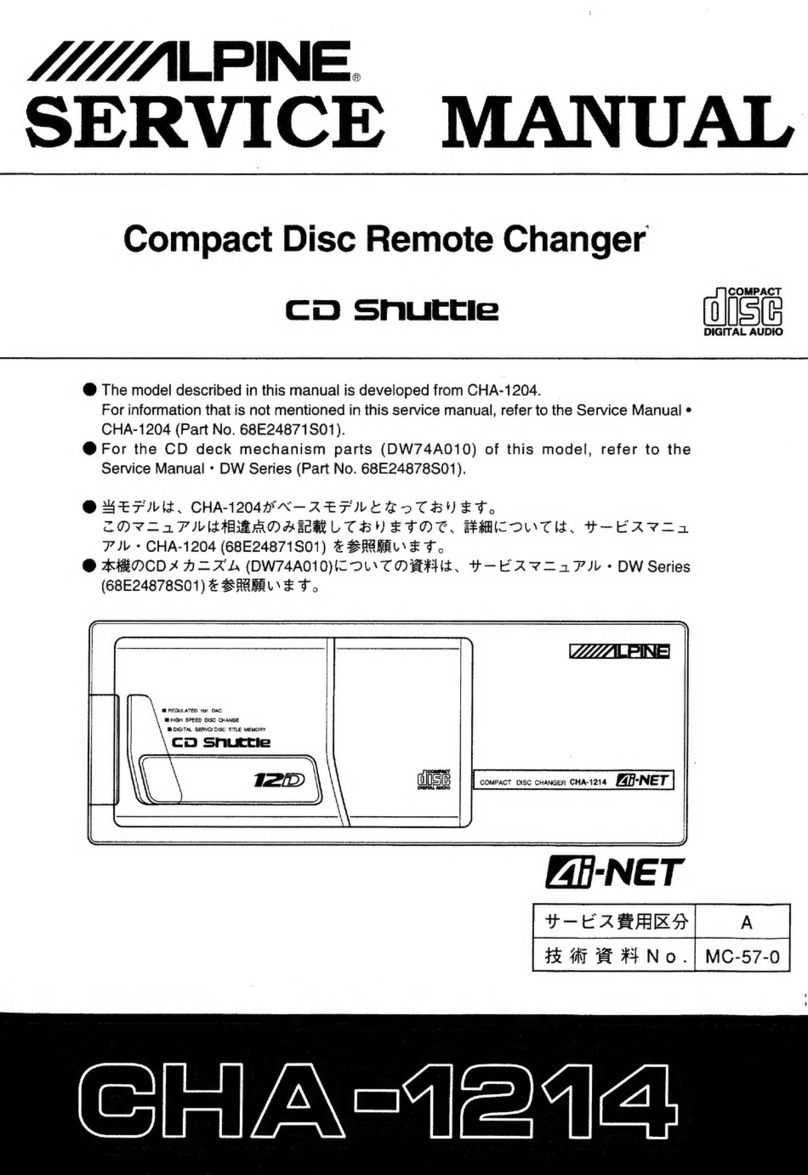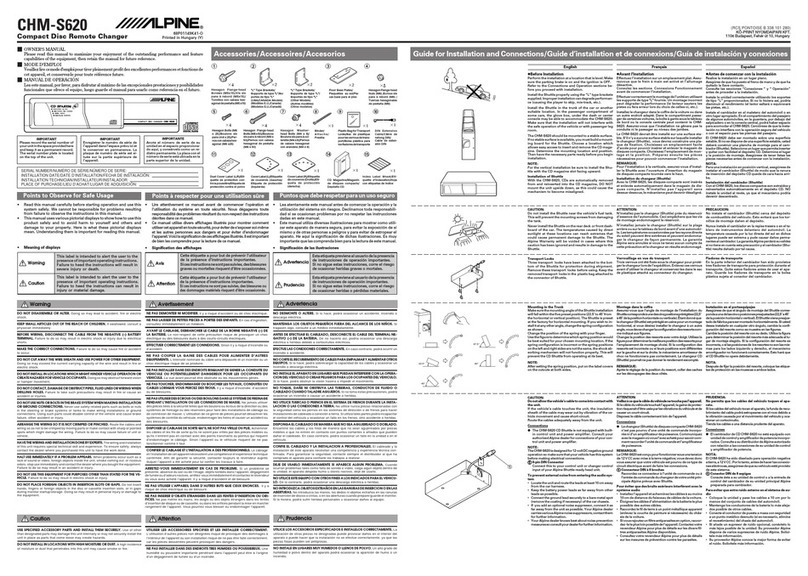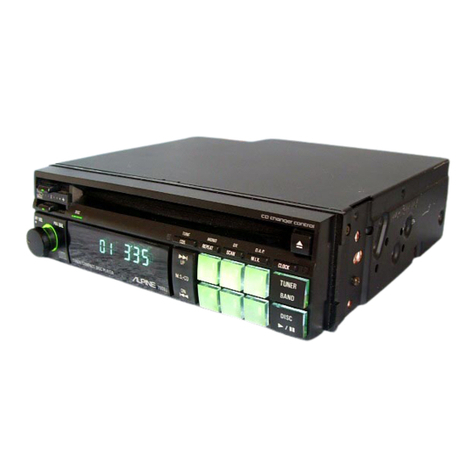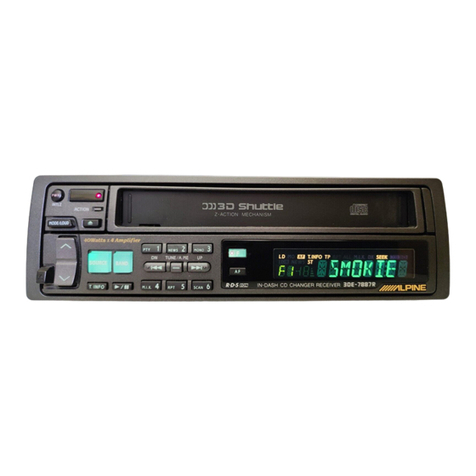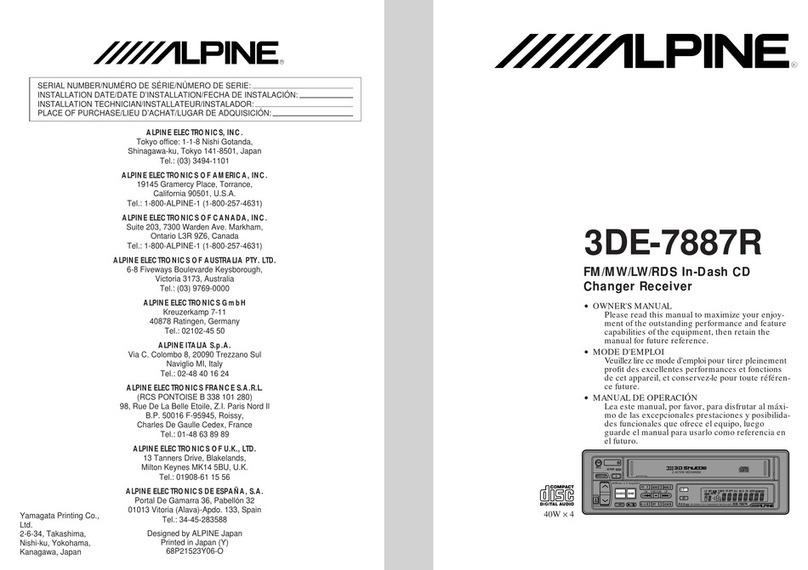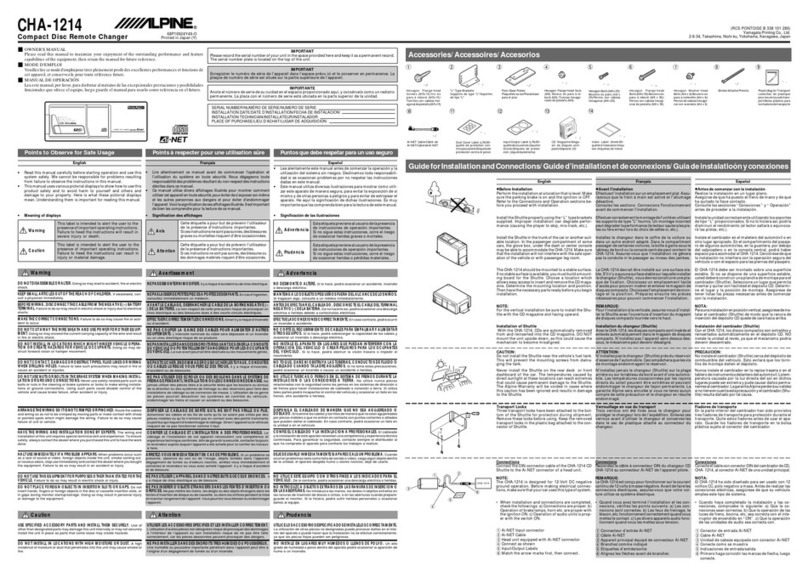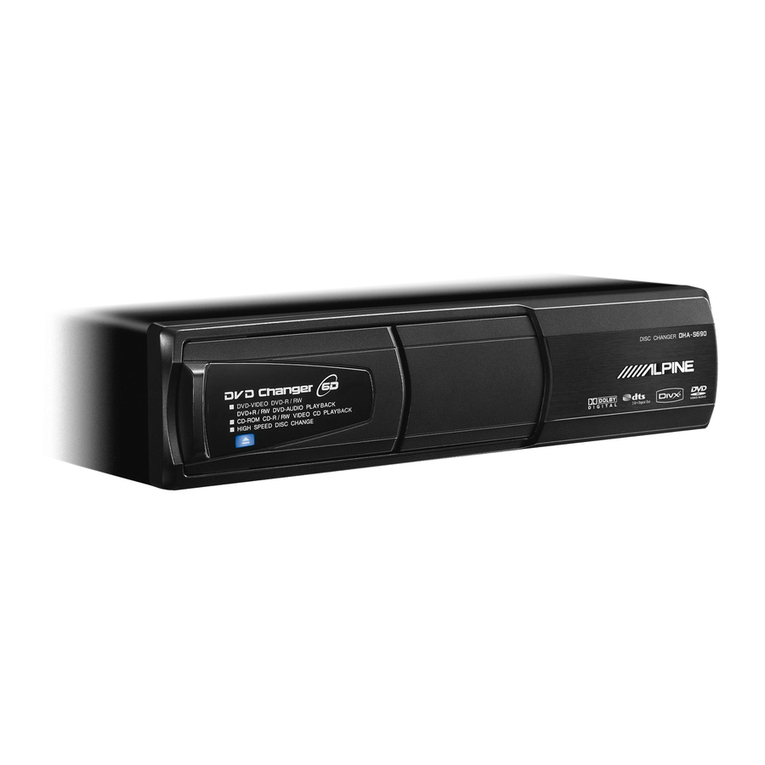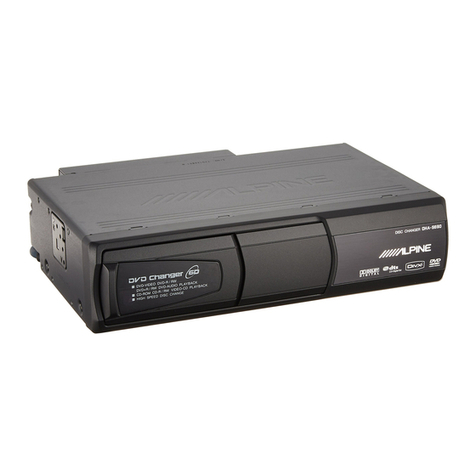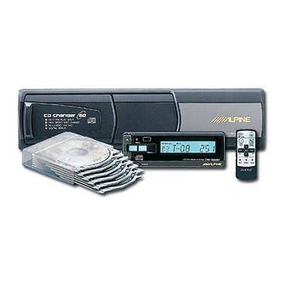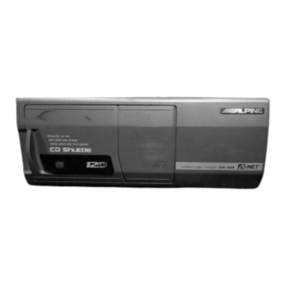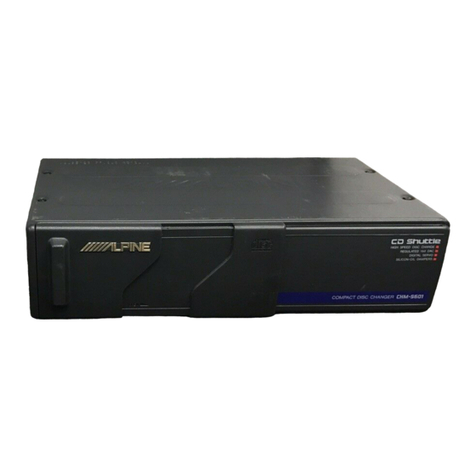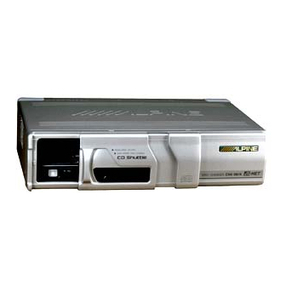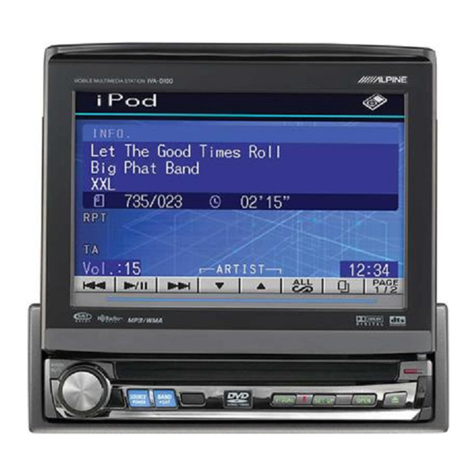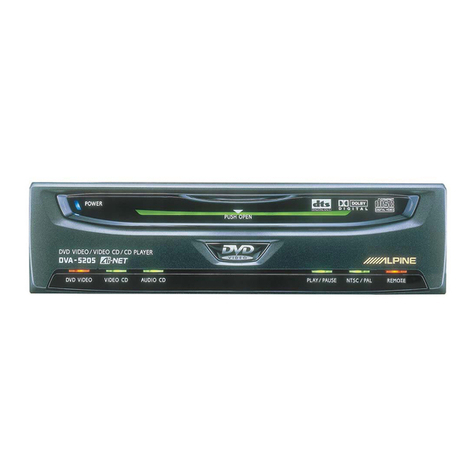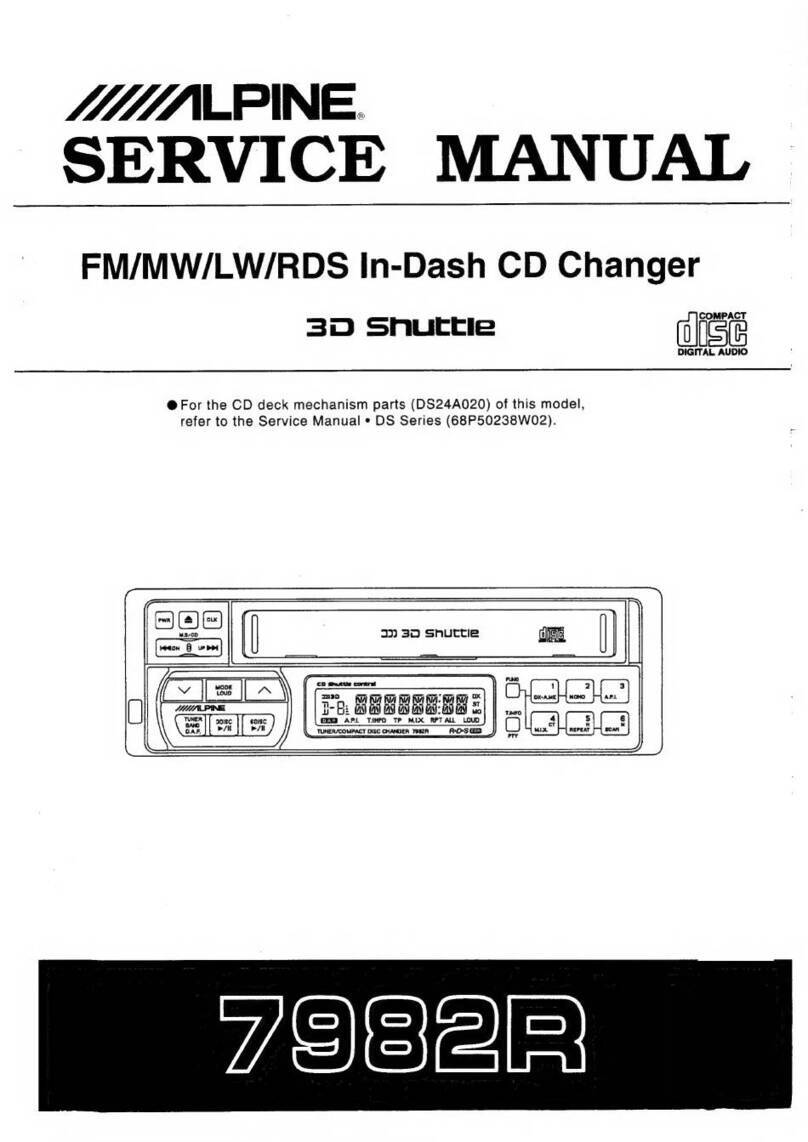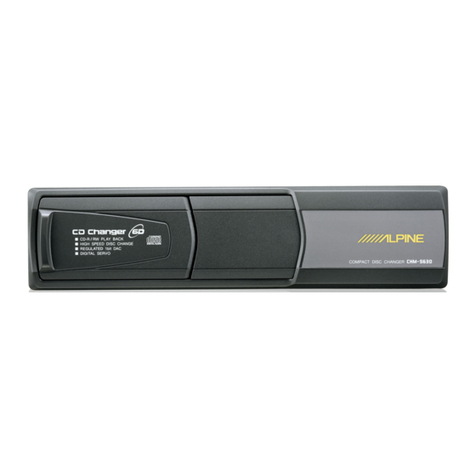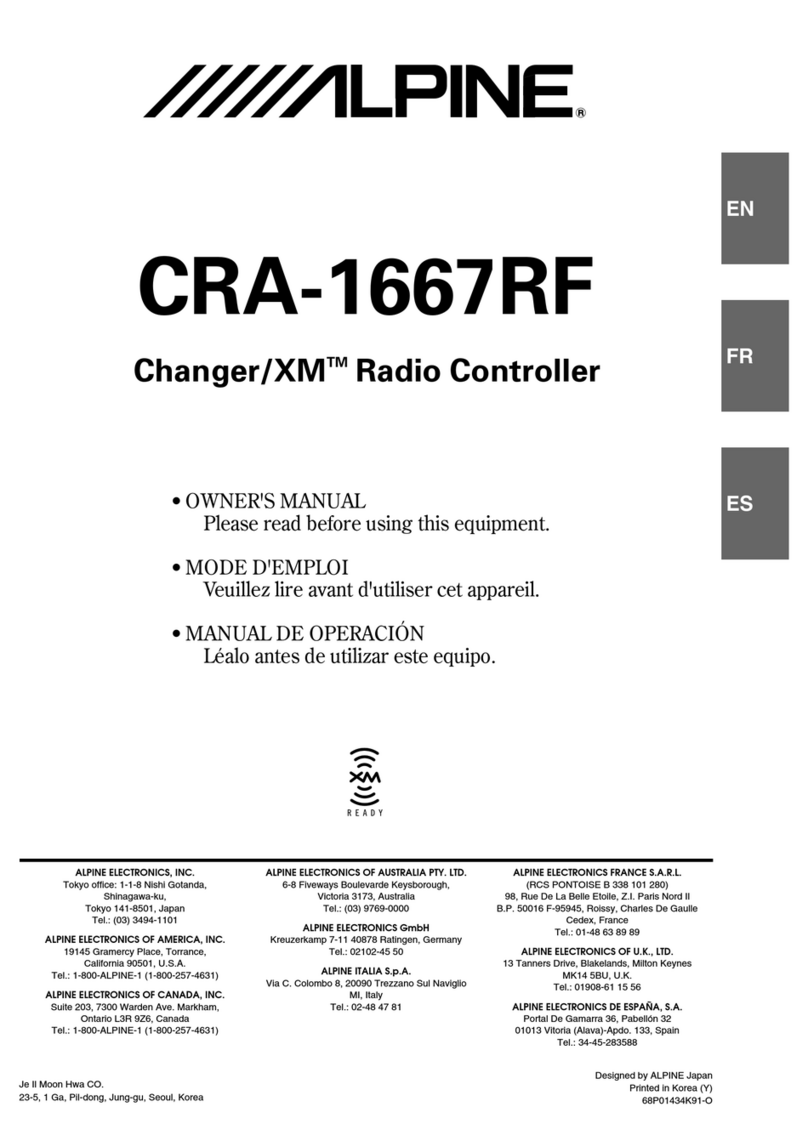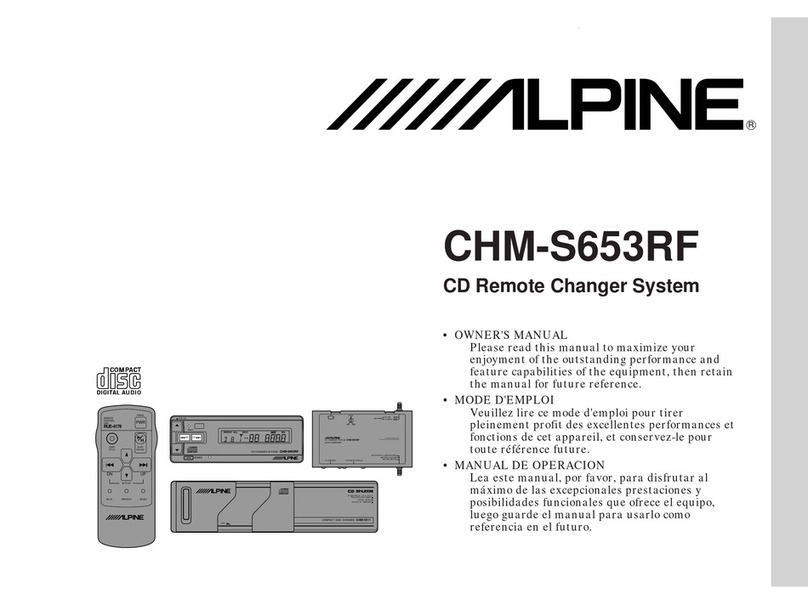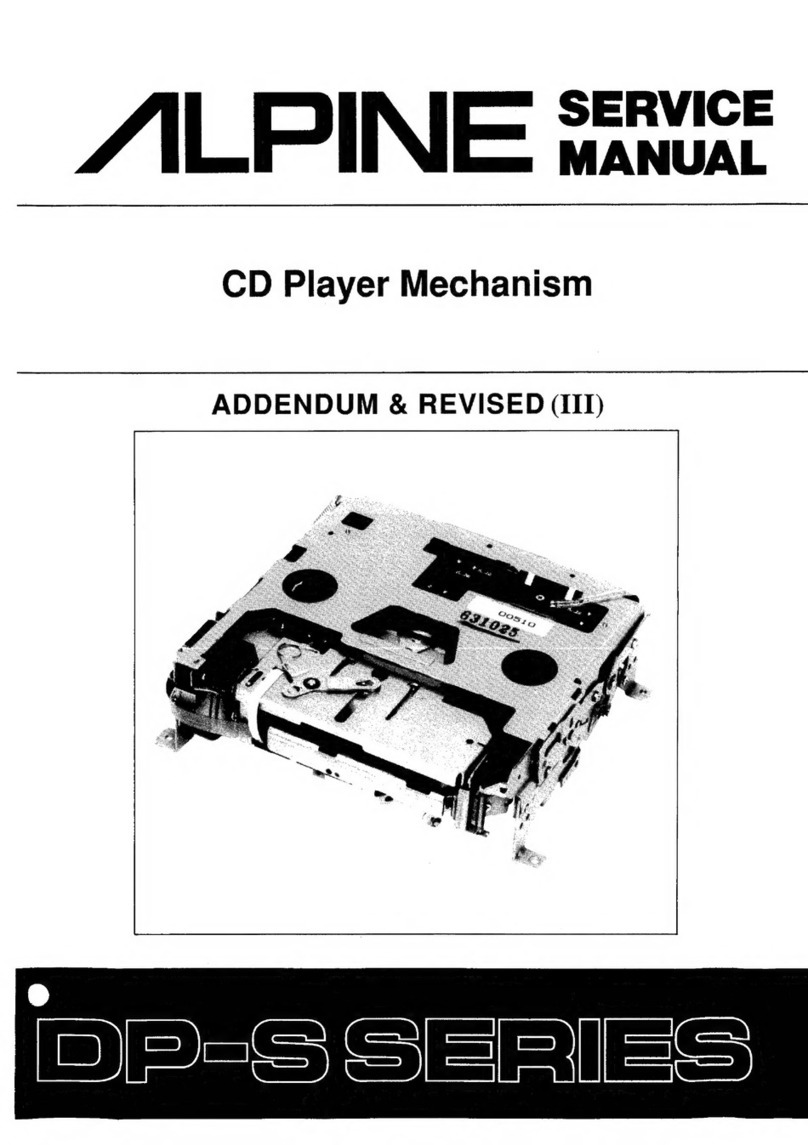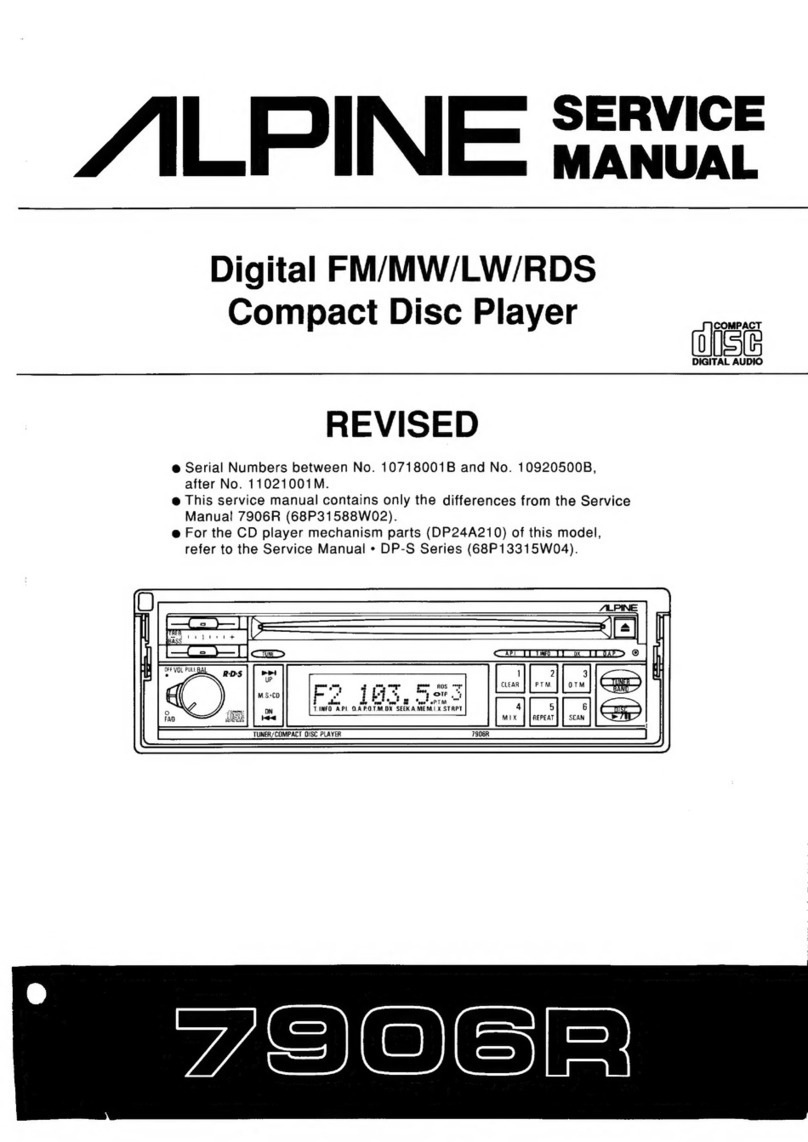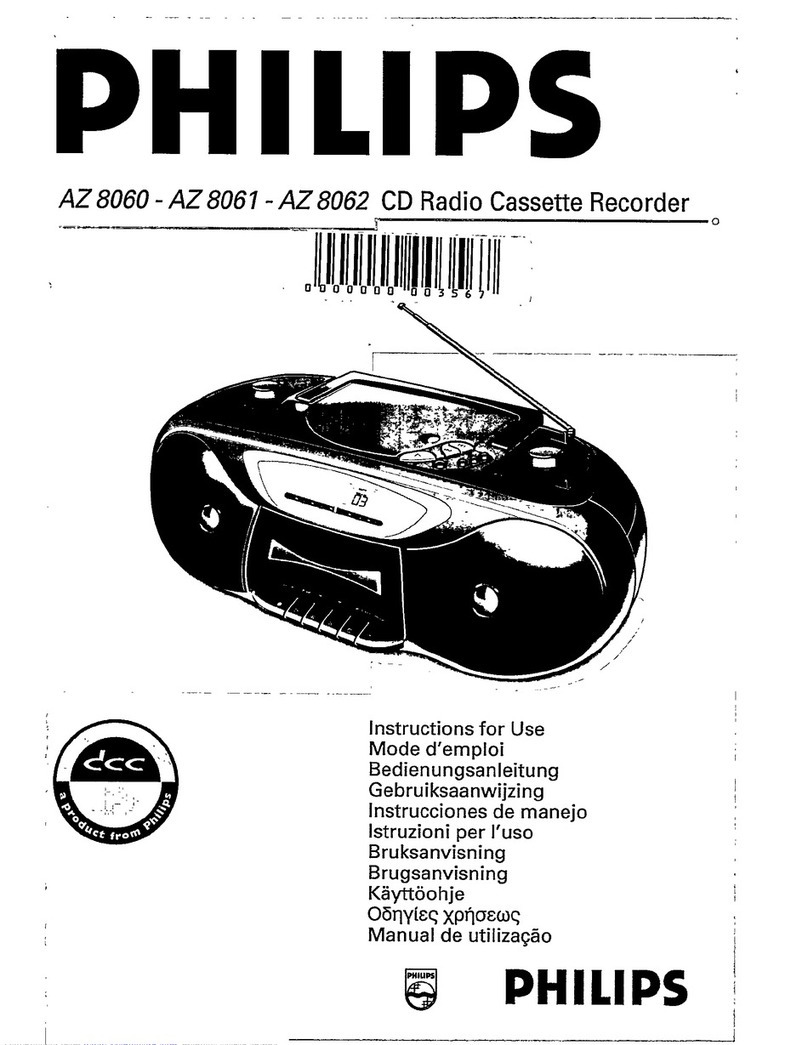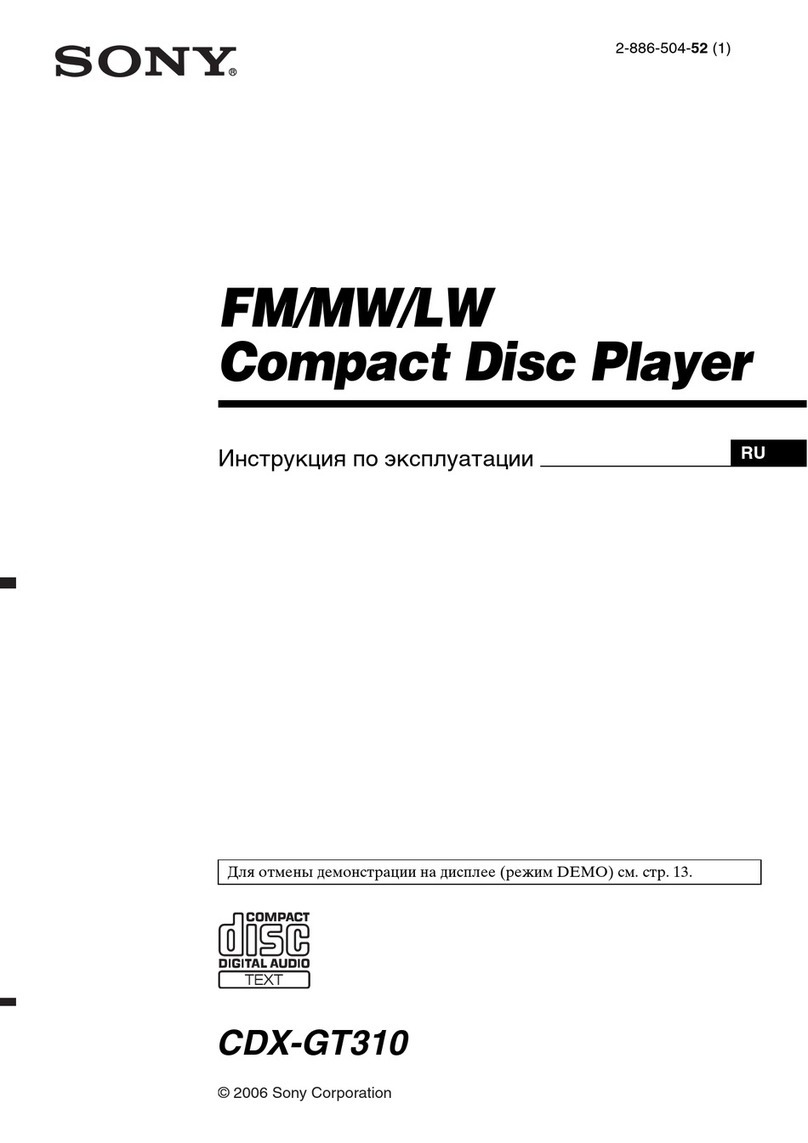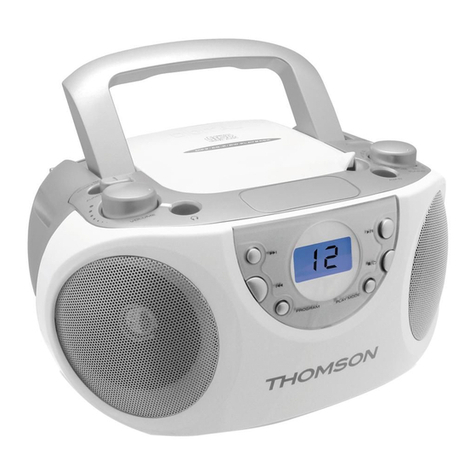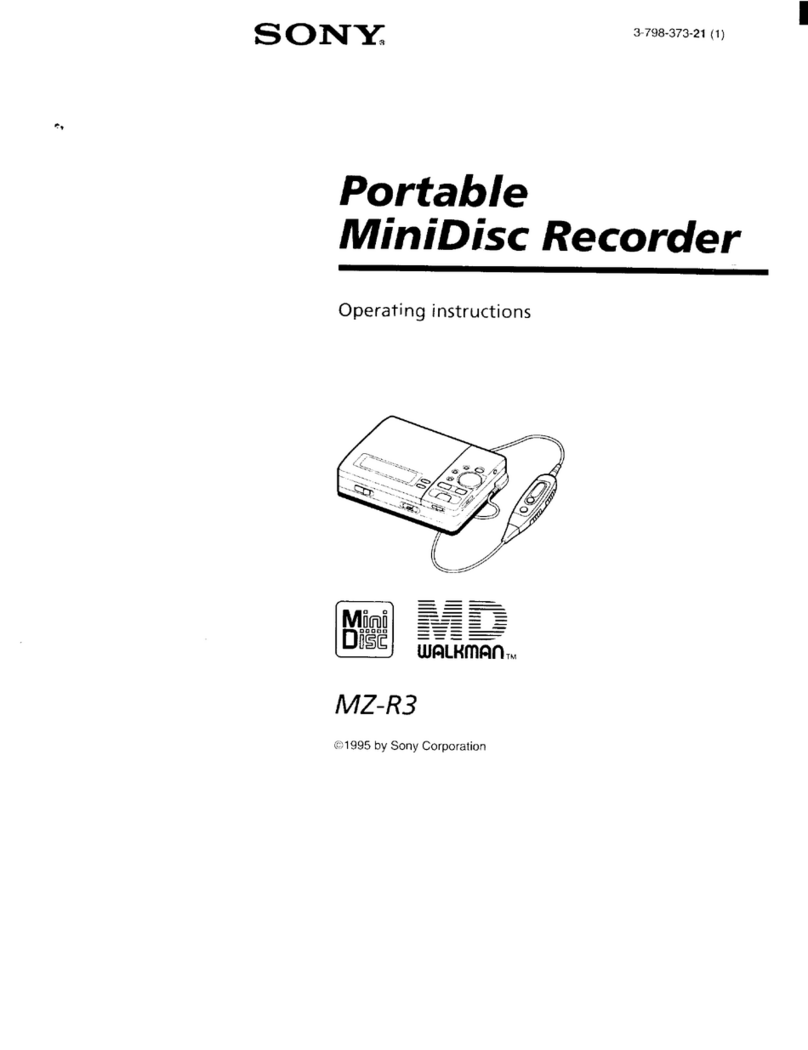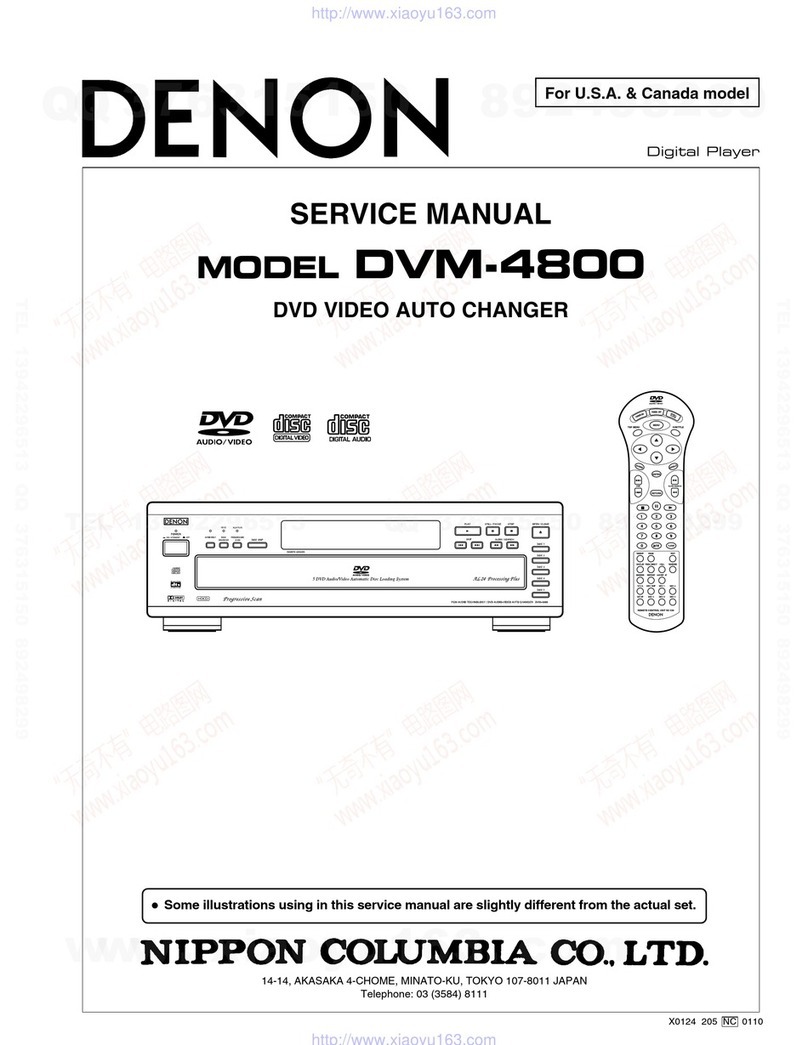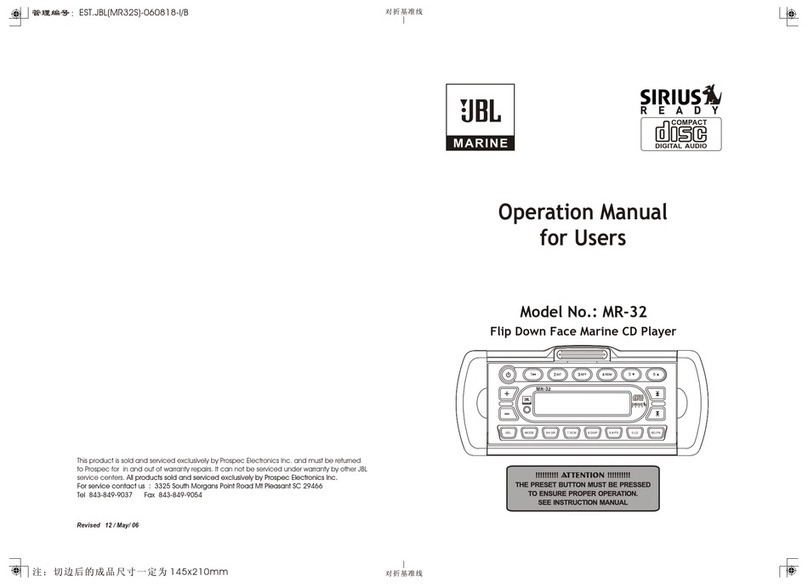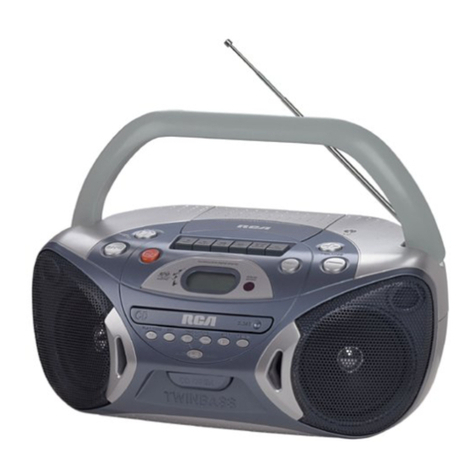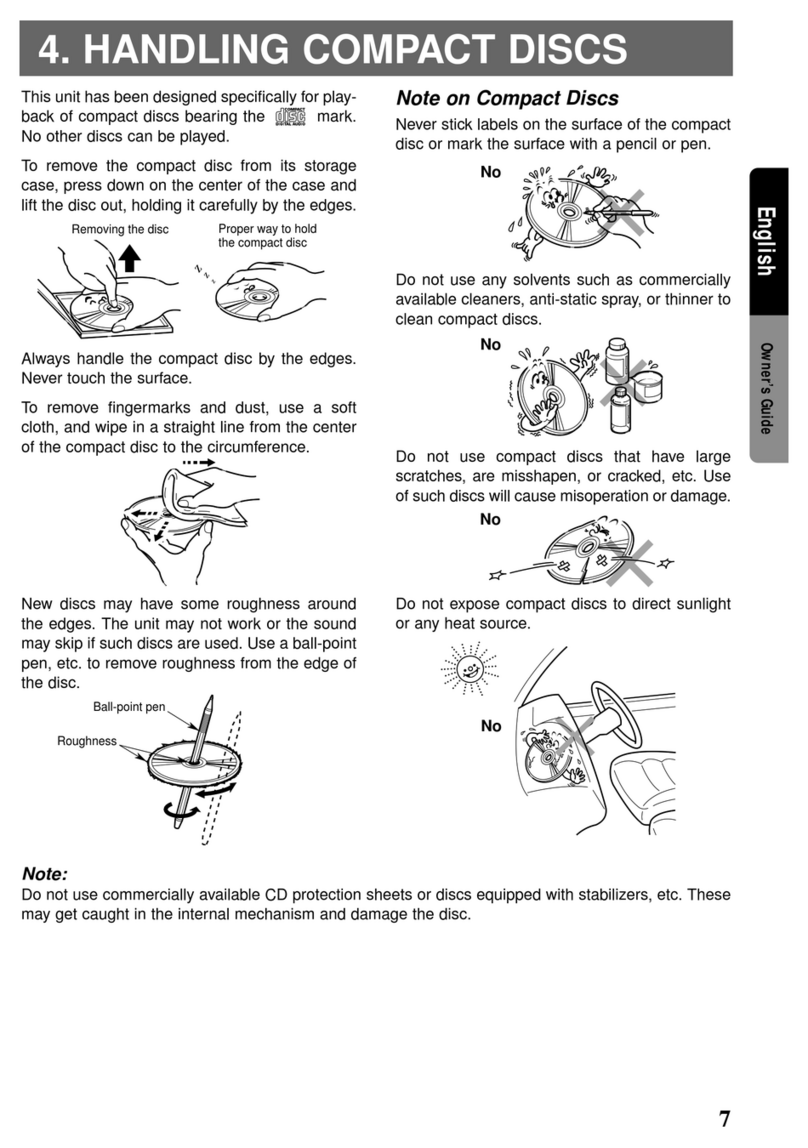
7980M
Contents
DPOCHI
CATIONS
oe
csipo
ce
Si
tees
since
saved
Seest
sass
seeshsebcetducnscbengsesutetecenarcpaascsuedigocecaasusde
ccasdeg
uu
sass
tedavacaeeecbaves
cl
vfecssecsneareabtenedes
me
teneceetecasteieientys
3104
EPROP
CANON
ses.
cc
chcoesaeacdace
seas
ai
daw
tenets
dulce
coayceiouigucdeu
ov
acan
even
dey
nen
anvats
noe
ooebeed
sehen
Date
ea
tod
eda
Meet
aevdiadk
cdo
aiizn
weeded
pedosveed
5
PRECAUTIONS:
cssesnecas
teaaststetascectetapec
tet
ateeceasesetees
dovtebecsesnagevecesusencesudosesgheewasdhaaatetacsanapdedbevusa
cous
sath
duossevaics
deveaves
deve
cteuusecasavevsdenurevonesenvsd
510
6
FOGUURGS
22
Focese
ba
ccscve,
eet
esecSeccau
ts
accbec
tea
cpanel
v
castes
caeaek
ex
vevious
shutens
save
dente
da
tencsteaeat
adecvel
one
iava
SN
eee
Met
data
lahe
Wola
daa
neat
6
Controls
and!
IMGICALOIS
messin.
sceceecbeesuipetins
beds
stvnsandunednansovasecccissnesiegnduncucdcdcouacaucenevssosbaconsonioca
siesuaccedecauesussusebibiiewe
eueuevens
cuverveneetacocss
cobesOn
ole
7to8
COMMOCHIONS
a5:
23.5.
A
scsaacecatecesecestascessestesceypuscessacelsbetgs
etunseyiss
eeedeupabags
raeususessesderagansutnca’doocsanacsetiestu
ste
sdedast
sles
sdéaths
dae
dheadieanaveneuciweientiees
7to9
OPEL
ALON
eseecctcenncesecciesccccavecstscn
cansslesds
ge
snesyeuwenvevcs
sieves
vuedaewievedeussn
ven
vesveueve
cous
saUeaveeseu
s5ua
bucod
aindseagodessegboye
casdedsancsesigead
sacs
sentuveseideeceenesiees
9
to
16
ACUSIMENtE
PrOCODUROS
ois
fs.
22h:<Gcaidecscasa
Sbcatceotecehis
abewsassdveccnesdededtagesGavgeduesnnunassasvsdee
asks
usaedeasaueosvouesdceseoiuoed
sbavdh
avecsesdoiacia
eeuesdeuazreevtnad
17
to
22
Adjustment
EOCations:siciisscces
eek
Seadees
cesses
cceshsctsaciaSitekedenaues
ccd
ccrvee
dicted
dee
ceacasseaeanse
ovesuestasuanal
ster
terueesedrdbaacasasaressveseetseenedictontieee
aie
23
to
24
Electrical
Inspection
Specifications...
ee
seeessssesecseeecsccsneesseeesnesenensscasseceescssccescesecsscessssensesessssesesecaesssausaescstsnssevessessseesecssseseseavacs
25
to
26
Packing
ASSOMbly
Parts:
LISt:,,
<esicsndsxesticccsncentiesvatvdete
sonavttonsevdpancuvaccydcentundis
cobavndes
sate
oatsasasds
auascaceveuitaysubevseeaausceansoueyssususasuneivucald
goavenobeveiices
27
Packing
Method:
View
3
c.c.istesvesccecsieeecceccdt
Seacestvecesbewaslaven
cic
cedecacdagdiede
dese
Aiascoaassubcbecacesbonad
testes
udantay
tusbbuiavicssaaeieeteadeveusestevsideensiatecouenweneeale
27
Changer
Unit
Disassembly
INStructions:s
-.scitscsdese.ceccccssvsaceciiecuscesoadslasesasieussesesoascucvelaceesbbassgeste
vousdedieucesedons'stdstelacde
$eivteusteorsuecodussdatenesusncati
esthue¥eaives
30
to
31
Description:
OF
IC
Terminals
ceaccssetcousicstcsoxovacsit
antearcvacsncd
tativataceiscst
unvvay
beatendeuvcaeaseseasveaisdvccsvatesbeateaediieazavs.dheteedssisnssedvergoanscnieeueanes
32
to
33
LGD:
DIS
DNA
5
22S
cicsaah
Svaceae
donot
adeuessdanabavstesdeandeyseetubeai
ye
jdsatinaataney-cenveydsensibiguesesnuaededena
diesen
evans
ye
deoucotedubsvatiaabecbagcd
svcd
socestaseasntenae
Seuaaeunuaeed
34
BIOCK*
Dig
rem
icdsicieeseseteesatcputeawitecascsteswicesesnentesuercouccox
ce
secevaeveasseps
cuss
ves:
kasyets
sel
cxibes
doc
ceegevelasdespuehaabacdsalegncevssteatsc
dovvdeebadiatatuaetocns
35
to
36
Parts
Layout
on
P.
C.
Boards
and
Wiring
Diagram
(1/2)
37
to
39
Parts
Layout
on
P.
C.
Boards
and
Wiring
Diagram
(2/2)
40
to
42
SCheMatic
Diagrarin-(1/2).!:escssvesvesesncesecevsvcsesssesececsecseewaoenseseatucszassccluigsvasnseused
sv’
aessuash
sasess
cach
toshaentwnesdeardetasnaondssuchesteisuatendatarme
ies
43
to
45
Schematic:
Diagram:
(2/2)
sis
coc
scocsuics
cateahchedas
svete
luted
cbiasay
atest
ceaze
Saursasuetts
Seva
Vist
dovadiasatava
cecavaanvesbedecsaeehuvacsceswade
said
eessehashackintanseiiae
caters
46
to
48
Electrical:
Parts:
LiSts
3
c..vssssscassietsencsuthsonpssessschendansoscaixaedvesesoieeetwutadesespatuacelsea
sactchbavteas
ctuctatestvndalelwavvesucterecbeshssvalivasdguvetaitdetevalde
davties
49
to
55
Cabinet
Assembly
Parts
List’.
2:52.50
25
Ses
pctcteeoess
neo
ctioene
dete
datas
desdakel
el
sdeaasevaa
A
fivies
eaiehadadesaastadaloveseveteadeleaiGessbohaascees
dail
ba
auaieutens
56
Exploded
View:
(Chamoer
Unit):
cicci
gos
cciyndet
St
ceed
che
eijenk
to
caten
ddan
evened
lies
idacelovtsdayii
sl
ealield
able
besinduncdsdesbeusbedladivasscvedoeiatuocevsngedseoiveus
sedans
57
to
58
Semi=
Conductor
Lead:
Identifications:
sviccsisscsassersiesseshertestersceteesseadserascosieaierssisdssivessuneevedscetaaeseudarsentstvsseveetssiasesesiveoeuieasesieedivade
weuess
59
to
65
Tuner
Unit
Description
ot:
IC
TErnimal)
ccscsases
cecccactaseecaneccadastevies
edevesbovesdosbenseutadseavinocabaisnsgeiesivedasvhiaschctuassaesesvitiiansaccantanivsceuteugsacodeucesnvearucdieueedt
68
to
70
FUME
SCHEMALUGC:
Diagram
isiscresiscbeesccsvecsdariecd
hcsecclucesss
Ueawsevshaadecevdevdestelvscveeutcnssdcseased
socdeczen
deivualsoasdas
cecchseucaucdueuvesuedueadevucdsusvedsad
cosvlenseuornsye
71
CabinebAssembly
Parts
List:
vsicd
cassie
cansscscescliecavsteateseaadohi
ovveGoscctdeadcaszasedcby'on
cos
edtush
teusdlusduat
dade
ivaduscdvcudbazaais
idsandetensasstsiatssdsseaiueioelsvees
siuneee
72
Exploded:
View:
(Tumer-UnIt)
sssusscjtisaaseeieas
iabssacstvaisecteesiacvscdasesnctcoanesesgestget
seudetsedeatationai
dedeseadaveus
oddagisanssavisanerssetesesebdatioy
atlciestetinoeaedes
73
to
74
BOCK:
DIAGT
ANN:
5.
cssese
eens
scsatine
seis
Seesca
cased
soanti
eat
debuoncapveuscass
haudcanQaa'e
ensue
duadueccbssuuedtidensab
tense
sususs
dee
Wevesiedaser
suis
ebssisataisaandider
sar
dertas
cavesrndboasied
75
to
76
Parts
Layout
on
P.
C.
Boards
and
Wiring
Diagram
77
to
80
Schematic
Diagram
(1.72)
-escvesscvestaedaseds
coasesd
sees
abe
oVaes
cute
sansatesncavela
Couto
ceasdckagouzeveca
ccawsacrvcsiaiedacovcesacsesudad
seecadasvalevadstacddasivine
eloiiobatolaeeaeee
81
to
83
SCHEeMatic:
Diagram.
(2/2)
vewiaices
scccece
cts
secsetowskctecbes
ov
tae
swe
tassve
vec
veasaede
ndash
gauedatsds
da
dassaadev
Sade
adiveeaucbdesbasvesosladzeaenssdecseiiians
sevedgeeoouaenees
84
to
86
Electrical:
Parts:
List:
ccccscscosecsaseeucosvsuvecacedd
cguseccavetsestaidineszcsenasessdicedie
ducal
dovbeaesaudatdaveleavawcdgivboudetecenss
seaecvuadtesssidicestetasevosh.
tion
havacner
87
to
92
Semi:=Conductor
Lead
Identifications
icctccciseviecscdacocesdessattvsiss3
tases
suedhentecbsacevetsteadhadoalGesueid
ens
adlvsouealigssaccusterdeeetovasediabsolotvneateuagaesiis
93
to
96
Spare
Schematic
Diagram
Inserted.
